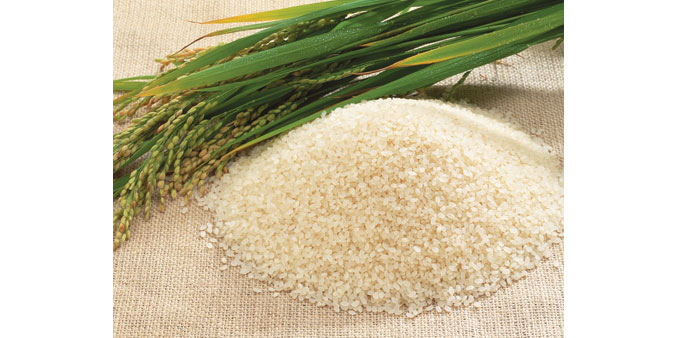Reuters
Manila
The Philippines, one of the world’s biggest rice importers, is seeking 250,000 tonnes of the grain to boost its buffer stocks and could buy more if the drought-inducing El Nino weather phenomenon intensifies.
Officials at the state grains agency yesterday said the country was preparing to issue a tender in early June for the supply of 25% broken variety of rice via a government-to-government deal.
The move would be good news for regional rice markets that have been flagging this year due to oversupply, with an official telling Reuters by text that Vietnam, Thailand and Cambodia were qualified to submit offers.
Delivery should be between July and August, in time for the onset of the lean harvest season in the Philippines, he said.
The government hopes to avert a potential spike in food prices due to possible supply disruptions that could be caused by El Nino, which Japan last week confirmed had set in.
President Benigno Aquino has approved the additional rice purchases and has also given the National Food Authority (NFA) permission to import a further 250,000 tonnes later this year should El Nino intensify, another official said in a text message.
The Southeast Asian nation recently bought 500,000 tonnes via government-to-government deals with key sellers Vietnam and Thailand.
Last year, the NFA imported about 1.7mn tonnes, the country’s biggest purchase since Aquino took power in 2010.
The NFA plans to issue an official advisory on the additional imports within a day, said Food Security Chief Francis Pangilinan.
The Philippine government last week revised down its estimate of first-half domestic rice production, with dry weather already affecting more than half of the country’s 81 provinces.
Thailand, the world’s No 2 rice exporter after India, has said it plans to sell 2mn tonnes of rice over the next two months from stockpiles built up under the previous administration’s failed buying programme.
In Vietnam, the world’s third-largest exporter where prices have weakened this week on a lack of buying demand, a new crop harvest will begin from around late June, traders said.

The move would be good news for regional rice markets that have been flagging this year due to oversupply,


